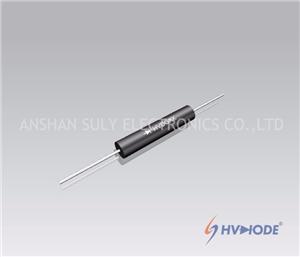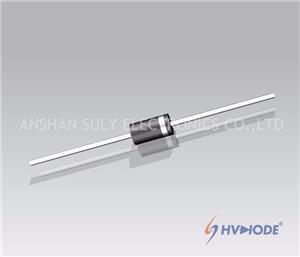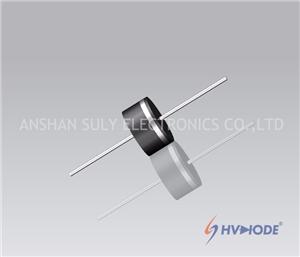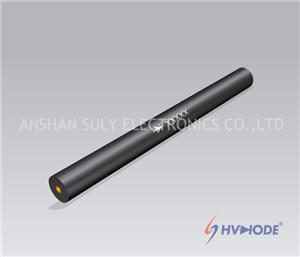- Inicio
- >
- Noticias
- >
- Noticias de la Industria
- >
- Silicon Materials Exist Way in Our Society
Silicon Materials Exist Way in Our Society
The last decades have seen an ever-increasing use of silicon materials for semiconductor . Silicon properties Beside its electronic properties the growing demand of silicon is due to
its outstanding mechanical,chemical and thermal properties.
It is almost an ideal structural material. It has about the same Young’s modulus as steel, but is as
light as aluminum. Besides, It has a thermal conductivity comparable to metals. Its thermal expansion
coefficient is low compared to most metals, making it insensitive to thermal
shock and fatigue. Or It is pretty inert in a normal environments, it does not react with most
acidic compounds, but it reacts with dilute halogens. Or Due to its crystallography, both isotropic and chemical etching can be employed to create micro structures
in a controlled fashion. Or Its electric conductivity can be tuned by adding small
amounts of impurities
Now we would like to introduce some information about the silicon materials as single wafer in
MEMS. Silicon in MEMS Single crystal silicon is the most used semiconductor material in
MEMS manufacturing and electronic circuits industry. Being the second most abundant
element on earth, silicon is a relatively inexpensive material and is highly reliable
because of its properties; its processing can be readily controlled to obtain high level of
precision and reproduction and lots of micro machined devices can be made from a single
wafe. The processing of Silicon wafers to produce integrated circuits involves a good deal of chemistry
and physics. In order to alter the surface conditions and properties, it is necessary to use both
inert and toxic chemicals, specific and unusual conditions, and to manipulate those conditions
with both plasma-state elements and with RF (Radio Frequency) energies. Starting with thin, round wafers of silicon crystal, in diameters of 150, 200, and 300mm, the processes described
here build up a succession of layers of materials and geometries to produce thousands of
electronic devices at tiny sizes, which together function as integrated circuits (ICs). The devices
which now occupy the surface of a one-inch square IC would have occupied the better part of a
medium-sized room 20 years ago, when all these devices (transistors, resistors, capacitors, and so
on) were only available as discreet units. The conditions under which these processes can work to successfully transform the silicon into
ICs require an absolute absence of contaminants. Thus, the process chambers normally operate
under vacuum, with elemental, molecular, and other particulate contaminants rigorously
controlled. In order to understand these processes, then, we will begin the study of
semiconductor processing with an overview of vacuum systems and theory, of gas systems and
theory, as applied specifically to these tools, and of clean room processes and procedures The
semiconductor industry reflects and serves an extraordinary revolution in both materials science
and in data processing and storage. As recently as 1980, most individuals had no idea that
computers would ever impact their personal lives. Today, many families own one or two
computers, and use many other computers and dedicated processor systems in their appliances
and automobiles. Today, only twenty years later, we are continually pushing the envelope of
capabilities of the data processing and storage systems that are now in the mainstream. Ingenuity
and creativity, along with great strides in quality control, process control, and worker productivity, are leading daily to new ideas about how to further reduce device size and data density. On the
horizon are visions of biochemically based devices which will be far smaller, work faster, and
generate less heat than current devices. It is worth spending some time imagining where this
evolving technology will take us, and the society we live in.
In my opinion ,the silicon materials as many kinds of exact way in our daily life .







